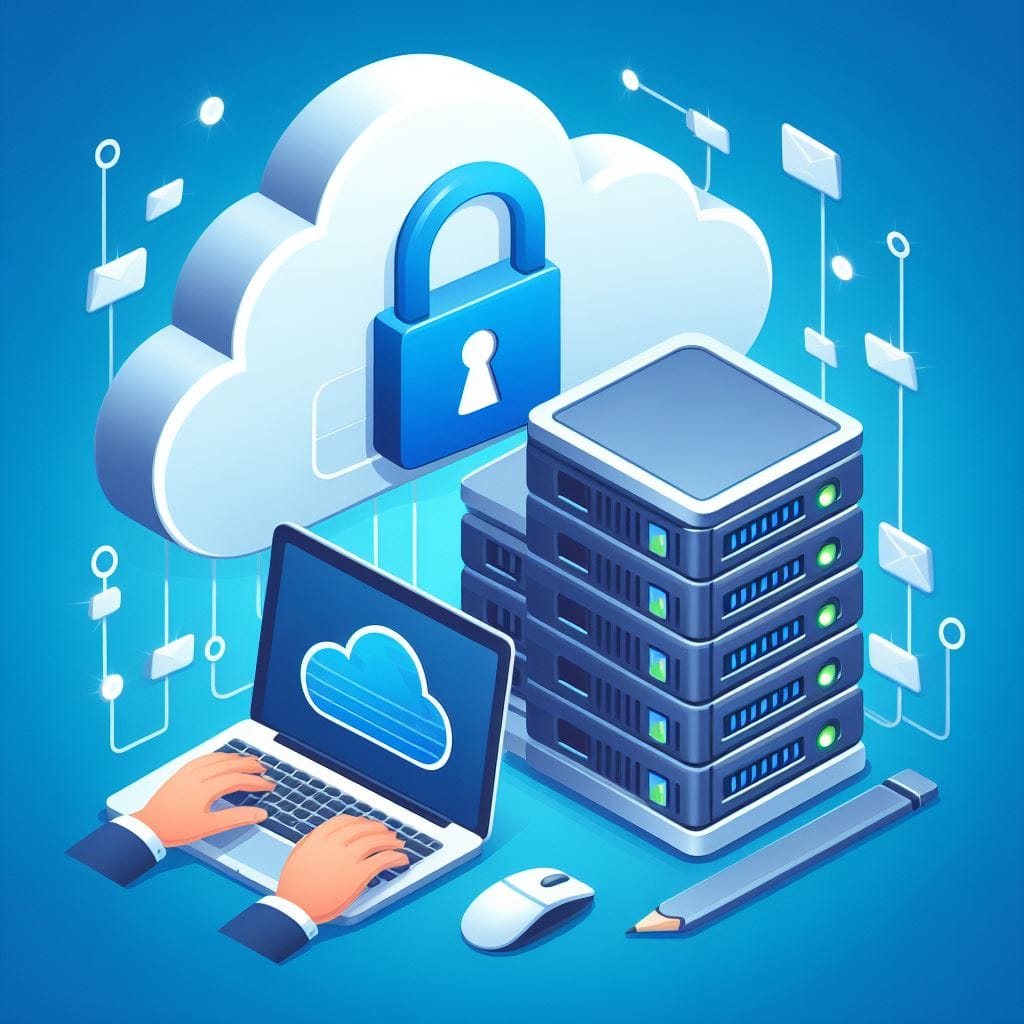Complete guide on SSH Secure Remote Server Access

Welcome to the fascinating world of SSH! In this blog, we'll peel back the layers of this essential tool and explore how it enables secure remote access to computers. So, buckle up, fellow tech adventurer, as we embark on a journey through encryption, authentication, and the magic of remote shells!
What is SSH?
SSH stands for Secure Shell. Imagine it as a secure tunnel allowing you to access and control a computer (server) from another machine (client) over a network. No more physically sitting in front of the server - SSH grants you remote access with utmost security.
Why Use SSH?
- Security: Unlike its predecessor, Telnet, SSH encrypts all communication between the client and server, protecting your data from eavesdropping and tampering. Think of it as a secret whisper in a crowded room that only the intended recipient can hear.
- Versatility: SSH isn't just for remote desktops. You can use it for file transfers, running commands, managing servers, and even setting up secure tunnels for other applications. It's like a Swiss Army knife for remote access!
- Efficiency: Need to quickly fix a server issue at 3 AM? No need to rush to the office! SSH lets you manage servers remotely, saving you time and effort.
How Does SSH Work?
SSH operates in three key stages:
- Connection and Negotiation: The client initiates a connection with the server on a designated port (usually 22). They shake hands, agreeing on how to encrypt and authenticate the communication.
- Authentication: The server presents its identity, like a passport. The client verifies this identity using a pre-shared secret, like a password or a special key pair. Think of it as checking someone's ID before letting them into your house.
- Secure Shell: Once authenticated, a secure tunnel is established, and the client can send commands and receive data from the server, all encrypted for a safe and private experience.
Beyond the Basics:
Now that you understand the core of SSH, let's explore some advanced features:
- Key Pairs: For enhanced security, consider using SSH key pairs. Think of it as a digital lock and key. The server has the public key, while you keep the private key secret. Only the private key can unlock the server, providing an extra layer of protection compared to passwords.
- Tunneling: Need to access a service behind a firewall? SSH tunneling can create a secure channel, like a secret passage, to access that service remotely.
- Port Forwarding: Want to run a local application on a remote server's port? SSH port forwarding allows you to do just that, making it seem like the application is running locally.
Getting Started with SSH:
Ready to try SSH yourself? Here are some resources to get you started:
- Client software: Many operating systems come with built-in SSH clients. Alternatively, popular clients like PuTTY or OpenSSH are readily available.
- Server setup: Most server operating systems allow SSH configuration and key management.
- Tutorials and guides: The internet is brimming with resources to guide you through setting up and using SSH.
Remember:
- Use strong passwords or key pairs.
- Keep your SSH server software up-to-date.
- Only grant SSH access to authorized users.
With these tips and a little exploration, you'll be navigating the world of SSH like a pro in no time! Feel free to ask any questions you have along the way. Happy remote accessing!


![[Explained] How to Add Custom Domain to AWS "CloudFront" with SSL Enabled](/content/images/size/w600/2024/03/_72e1e43b-2175-4074-9b5e-d9b8dfbd1f46.jpeg)


![[Resolved] "Permission Denied": Fixing Docker Daemon Socket Access](/content/images/size/w600/2024/03/_70787ef4-2d92-4d03-9fcc-c7d37937d1f3.jpeg)